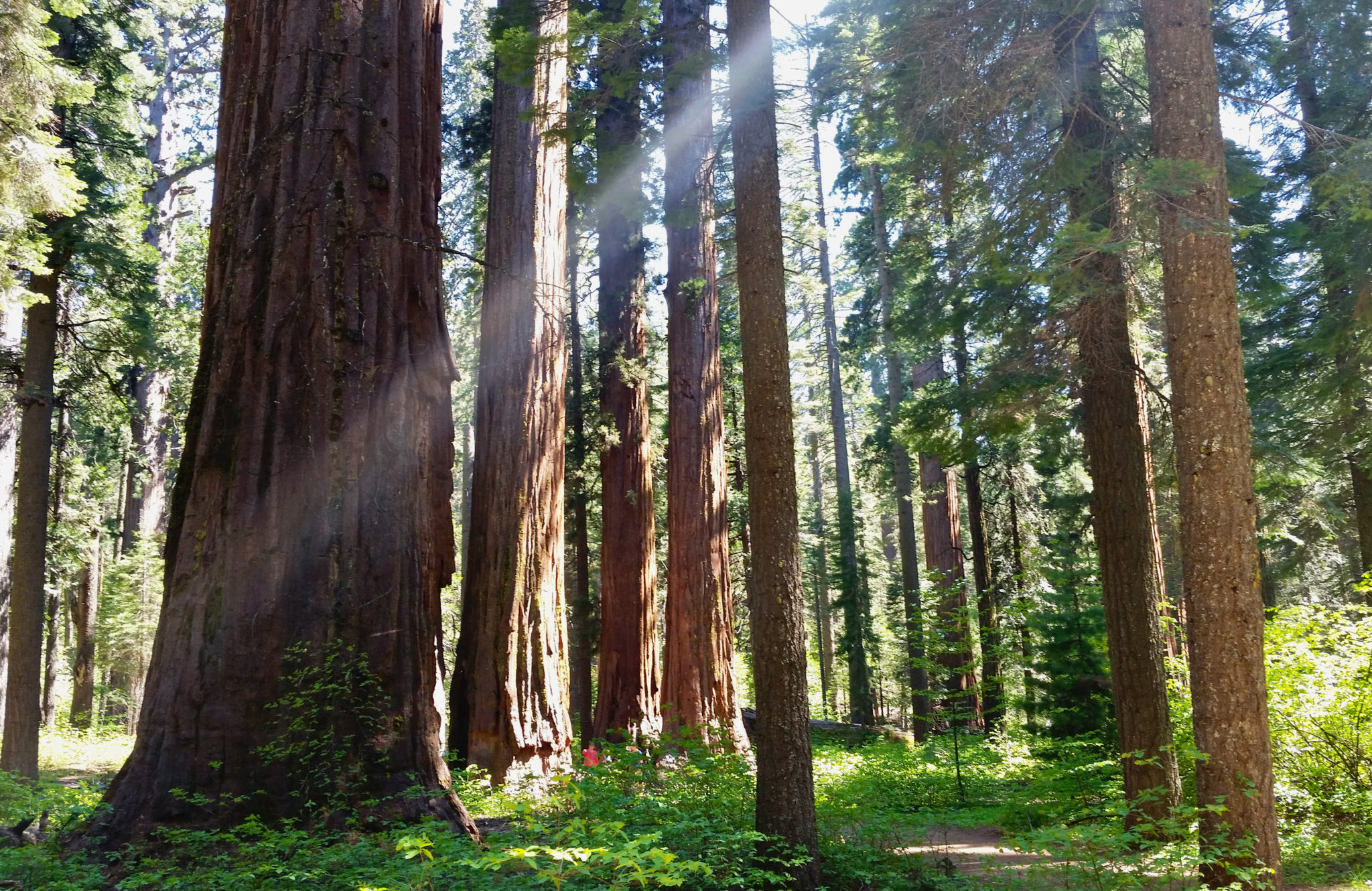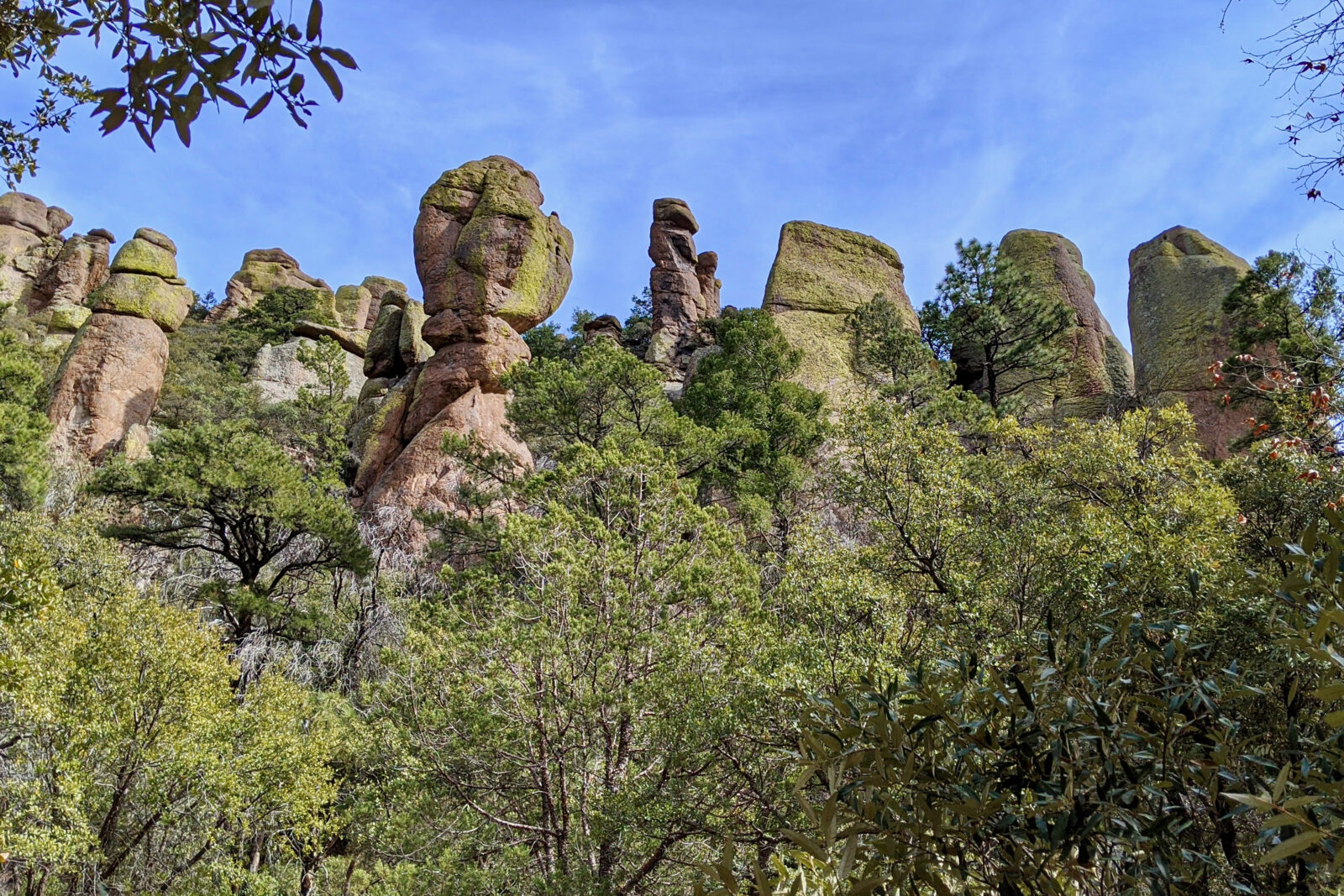“The time has come to inquire seriously what will happen when our forests are gone, when the coal, the iron, the oil, and the gas are exhausted, when the soils have still further impoverished and washed into the streams, polluting the rivers, and denuding the fields.” – Theodore Roosevelt, 1908
The gutting of the National Environmental Policy Act (NEPA) as part of the debt ceiling agreement is the kind of destructive rollback we environmentalists always feared a Republican Congress would someday do. Turns out we should’ve been worried about our on-paper allies. It was pro-developer Democrats who carried the water and sold this as a means of “reform,” and did what the Republicans never could: severely limit the regulatory apparatus that served as our nation’s set of bedrock environmental laws since 1970. The effects of these rollbacks will not be good, and like the fallout from the 2010 Citizens United decision, will be with us for years to come.
Along with similar pro-development “reform” challenges to the California Environmental Quality Act (CEQA), the next fight will likely be over the survival of the Endangered Species Act (ESA), which turns 50 this year. Also in the crosshairs, at least for GOP policymakers, is the 1906 Antiquities Act, which continues to face extremist legal challenges in states like Utah and Nevada.
Just a few short years ago in 2017 when Donald Trump was busy ensuring his place as the most anti-environmental president in history, things were a little more black and white. Trump had ordered his Interior Department to appease resource extractors and the Bundy family fringe of the GOP by ordering a review of the status of 27 National Monuments established in the U.S. since the Clinton administration in 1996. It was clear from his rationale the president had no idea how government works, or how National Parks, National Monuments, or Wilderness areas are established. With Trump, ignorance is power and nothing is sacred.
Most National Monuments are the result of lengthy preservation campaigns by individuals and citizens groups, and are managed for varying levels of conservation by the National Park Service (NPS), U.S. Forest Service (USFS), or Bureau of Land Management (BLM). Generally the agency already managing the area is charged with management of the monument once it’s established. While an Act of Congress can establish a National Monument in the same manner as a National Park, the Antiquities Act, signed into law 117 years ago this week in 1906 by President Theodore Roosevelt, gives the president the ability to immediately designate an area of federal land as a National Monument with the stroke of a pen.
One of the most powerful pieces of policy-making available to the President of the United States, the Antiquities Act enables the president to preserve any area of federal land that may be subject to an imminent ecological threat. Similarly, the Antiquities Act gives the president the power to designate an area of importance as a National Monument if Congress is moving too slowly to preserve it with National Park or Wilderness legislation – or if Congress shows little interest in advancing a conservation option at all.
Among the dozens of iconic locales that President Roosevelt used the Antiquities Act to preserve, none is more famous than the Grand Canyon, established as a National Monument in 1908. It became a National Park by an Act of Congress 11 years later in 1919. In the catalogue of great American places, special locales and preserved ecosystems, the Grand Canyon is as much a symbol of the American west as the bison or bald eagle.
Theodore Roosevelt also established Devil’s Tower National Monument in Wyoming in 1906, and what is today Olympic National Park in Washington as Mount Olympus National Monument in 1909. He established Pinnacles National Monument in Monterey County in 1908, which became a National Park 105 years later in 2013.
Two of California’s most iconic and frequently visited National Parks, Death Valley and Joshua Tree, were established as National Monuments by President Franklin Roosevelt in 1933 and 1936, respectively. Both became National Parks in 1994 with the passage of the California Desert Protection Act, which also established Mojave National Preserve in San Bernardino County.
The issue of the Antiquities Act, and the sanctity of American conservation, hit a flash point in 2017 when Trump made the unprecedented move of ordering the Interior Department to devise a plan to shrink the boundaries of the just-established Bears Ears National Monument in Utah by over two-thirds. The area had been established as a National Monument by President Obama the previous December, one of several large-scale uses of the Antiquities Act during his final months in office.
Located along the border of Canyonlands National Park and Glen Canyon National Recreation Area, Bears Ears also surrounds Natural Bridges National Monument, and had been the subject of a lengthy, grassroots effort to preserve its habitat and ecosystems, along with areas within the monument sacred to Navajo, Hopi, Ute, Uintah, Ouray and Pueblo communities. Private property holdings in the monument had not been affected by the designation.
Nevertheless, Trump referred to Bears Ears as a “land grab,” parroting charges long made by anti-conservation and Sagebrush Rebellion extremists. Since 1848, when much of what is today Utah was leveraged from Mexico (along with half its overall territory) as part of the Treaty of Guadalupe Hidalgo, Bears Ears has been managed in some form or another by the federal government. As a National Monument, the area was to be appropriately managed for conservation of native habitats – not resource extraction.
Declaring Bears Ears to be a land grab implied the area had been without any kind of ownership or managing agency, or that it had been “seized” from private property holders as part of the National Monument designation. Both scenarios are not only false, but dangerous. The only “land grab” that occurred at Bears Ears was when the United States demanded the region as spoils of war from Mexico, and in 1864 when Navajo communities of the Four Corners region were forced to leave their lands in a campaign of deportation and ethnic cleansing by the federal government in an example of actual – not imagined – tyranny.
Those who make the land grab charge, as Trump and the modern GOP do, intend to incite entitled fools like Ammon Bundy, who carried out an armed seizure of the Malheur National Wildlife Refuge with his supporters in Oregon in 2016. Citing the “tyranny” of federal land control, the Bundy family and its followers were apparently unaware the Malheur had been a National Wildlife Refuge since it was established in 1908 by, no surprise, Theodore Roosevelt. The refuge also serves as a center of jobs and economic activity for the region – some tyranny.
Land designated as a National Monument is already on federal land. There is no modern practice of seizing land or taking land from private property holders for federal parks or monuments, unlike the kind of eminent domain laws used by pipeline companies, or even Trump himself when he was building money-losing edifices to himself disguised as hotels and casinos.
While Organ Pipe Cactus National Monument in Arizona had the sanctity of its boundaries and conservation mission cruelly trampled on by the Trump administration’s application of federal eminent domain to build the Border Wall, the only thing that changes with a National Monument designation is management of the area, and the understanding that it will be managed for long-term conservation, not short-term gain.
Like National Parks, National Battlefields, and National Historic Places, National Monuments preserve the best of America’s natural and cultural heritage, including the wide-open, fault-driven spaces of Carrizo Plain in San Luis Obispo County, the desert expanses and fragile ecosystems of Mojave Trails National Preserve (now surrounded by near-unregulated, corporate-driven renewable energy development on critically endangered desert tortoise habitat), and some of oldest Sequoia groves in the southern Sierra Nevada at Giant Sequoia National Monument in Tulare, Fresno and Kern counties. Sadly, the biodiversity of many of those Sequoia forests are now threatened by the benign-sounding Save Our Sequoias Act, promoted by the same cabal of policymakers that just suffocated NEPA as part of the debt ceiling deal.
National Monuments are managed for all Americans to enjoy and revel in, not for a few to profit from at the expense of habitat and our environment. National Monuments, National Parks, and designated Wilderness also serve as economic engines for nearby communities, and offer Americans room to roam, hike, camp, explore, and decompress. They are not placeholders, and until the Trump administration horror show came along their integrity and sanctity had always been recognized from one administration to the next.
The future of representative democracy in our nation remains dangerously uncertain following the Jan. 6th insurrection. Our presidential elections have come down to a choice between those who believe in some version of representative democracy, and an authoritarian right-wing party enabled by a morally bankrupt Supreme Court committed to undoing the American social contract, making it more difficult for citizens to vote, and installing more “officials” at the state level intent on making that seditious goal a reality.
Despite being driven all too often by Silicon Valley, coastal elites and media plutocrats happy to enforce benign income inequality, Democrats remain the only bulwark between stagnated democracy and the abyss. And as much as Republicans have gone from hostile to nihilistic on environmental matters over the last 30 years, as we’ve seen in our post-Citizens United world there are plenty of Democrats only too happy to drop any pretense of interest or care in conservation matters.
The preservation of our special places, and the use of such effective executive tools as the Antiquities Act, is in jeopardy. We must elect candidates who not only pledge to serve as guardians of the great corners of our nation in the manner of Theodore Roosevelt, but who make conserving our environmental heritage and the regulatory tools needed to guarantee it a key priority.
If you want to help promote the expansion of current National Monuments, or the establishment of new National Monuments, consider writing your federal elected officials to support pending proposals like the expansion of Berryessa Snow Mountain National Monument in California to include Walker Ridge, also known as the Molok Luyuk addition; permanent protection of lands buffering Grand Canyon National Park with the proposed Baaj Nwaavjo I’tah Kukveni National Monument in Arizona; and the proposed Great Bend of the Gila National Monument, located southwest of Phoenix along the Gila River.
And while it may be too much to ask as the Biden administration scratches the back of the fossil fuel industry with the recent approval of the Conoco-Phillips Willow project, at any time President Biden could call upon the abundant science available to him on the habitat of Alaska’s North Slope, and finally declare the Arctic National Wildlife Refuge to be a National Monument preserved for conservation, forever ending the threat of resource extraction in that extraordinary wilderness. As long as the Antiquities Act remains law, it remains an option for whomever the president may be, just as Theodore Roosevelt intended.
Chiricahua National Monument banner photo © 2020 Fred Rogers, all rights reserved.
Giant Sequoia National Monument photo © 2017 Tommy Hough, all rights reserved.


